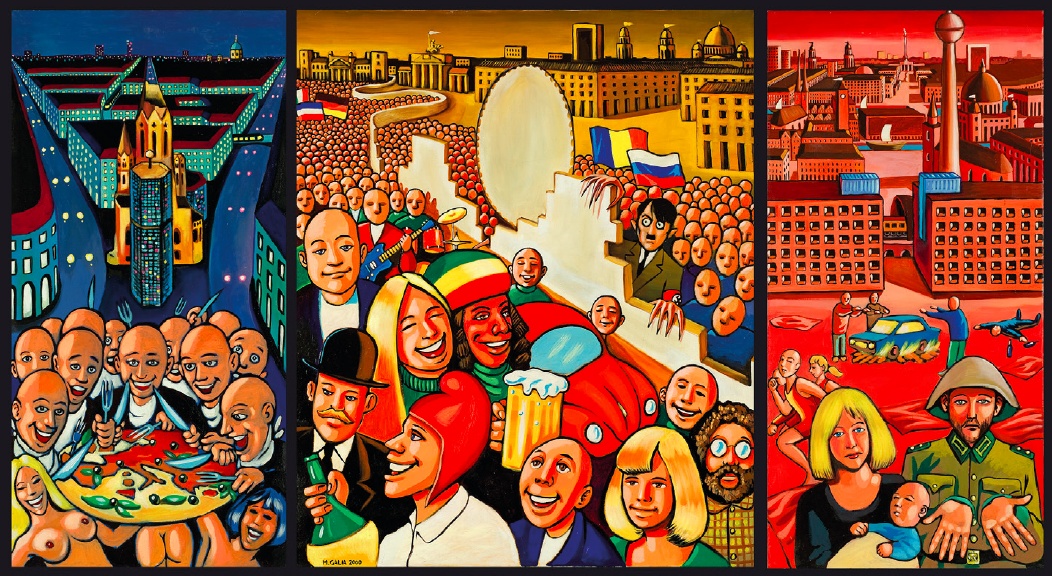Maurizio Galia was born on May 28, 1963, in Moncalieri, a picturesque town near Turin, Italy. His artistic journey began early, and he pursued formal education at the Academy of Fine Arts in Turin from 1978 until 1986. Under the guidance of instructors such as Francesco Tabusso, Enzo Sciavolino, and Sergio Saroni, Galia honed his skills in various forms of visual art.

Galia’s time at the Academy was crucial in shaping his artistic vision. The rigorous training and exposure to different artistic philosophies provided a solid foundation for his future endeavors. His teachers, each with their unique approach to art, influenced his work, pushing him to explore different techniques and styles.
In 1982, while still a student, Galia began working for various agencies as a visual designer and illustrator. This period was marked by his involvement in creating visuals for comics and books. The experience not only refined his technical skills but also allowed him to experiment with narrative art, blending visual storytelling with artistic expression.
Parallel to his career in visual arts, Galia nurtured a passion for music. He played in a band, performing at various venues and gaining a different kind of creative satisfaction. Music and visual art often intersected in his work, each influencing the other. This dual engagement with art and music led him to explore multimedia creations, blending sound and visuals in unique ways.
In 1997, Galia’s musical journey reached a significant milestone with the production of his first Compact Disc. This achievement marked his transition from performing music to producing it, a shift that expanded his creative horizons. His music, characterized by its eclectic blend of influences, added another layer to his artistic persona.
Galia’s orientation towards multimedia creations became more pronounced as he delved deeper into the intersection of different art forms. His background in visual design and illustration, combined with his musical talents, allowed him to create immersive multimedia experiences. These creations often featured a seamless blend of sound, visuals, and narrative elements, reflecting his diverse artistic interests.
One of the defining features of Galia’s multimedia work is its ability to evoke emotions and tell stories in a multidimensional way. Whether it’s through a visual narrative accompanied by a musical score or an interactive installation, his work engages audiences on multiple sensory levels. This approach not only sets him apart as an artist but also speaks to his creative spirit and willingness to push boundaries.
Galia’s artistic philosophy is rooted in the belief that art is a dynamic and evolving form of expression. He draws inspiration from a wide range of sources, including classical art, contemporary trends, and personal experiences. His work often reflects a deep understanding of visual aesthetics, combined with a keen sense of narrative and emotional depth.
The influence of his teachers is evident in his approach to composition and his ability to convey complex ideas through simple yet powerful visuals. Galia’s work is characterized by a blend of traditional techniques and modern sensibilities, a testament to his ability to adapt and progress.
Today, Maurizio Galia continues to explore new avenues in art and multimedia. His work is a testament to his versatility and commitment to pushing creative boundaries. He remains active in the art community, participating in exhibitions and collaborating with other artists to create groundbreaking multimedia projects.
In summary, Maurizio Galia is an artist who embodies the spirit of creativity. His work, spanning visual design, illustration, music, and multimedia, reflects a lifelong commitment to exploring the endless possibilities of artistic expression. Through his diverse body of work, Galia continues to inspire and engage audiences, pushing the boundaries of what art can be.

